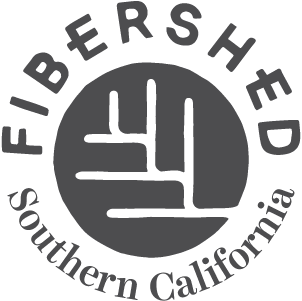Sally Fox & Colored Cotton
Why don’t we make a market for colored cotton?
Doyenne of colored cotton Sally Fox is featured in Vogue, in an article published April 22, written by Hannah Jackson.
Sally credits her humble beginnings as the fertile ground on which a lifetime of cotton research and accomplishment has blossomed.
“So many of the opportunities of my life that have come to me are because of the happenstance of growing up in this, time with that with those moods, with those thoughts with those visions,” Fox says of the free-loving Bay Area mindset. She also credits her humble beginnings. “I think it's really important for people to see how even humble jobs—raising insects, and doing the lab work to test biological insecticide—led me to coming up with the whole system of organic cotton production in the United States.”
Colored cottons tend––pre-Sally Fox––to be rough, short, and difficult to spin. But also disease- and pest-resistant. She began cross-pollinating by hand, because she believed they would be the key to a sustainable source for cotton and all its follow-on production issues (not least, the dye stage).
Hannah writes, “By the mid-1990s, Fox was operating the largest-scale colored cotton farm in the world, and helping the United States government determine its organic cotton standards. She was breeding cotton that ranged from camel to seafoam green.” At the time, there were 5,000 certified organic acres and 3,000 transitional certified transitional organic acreage in Arizona. Then, the American textile industry collapsed.
To read more about Sally’s commitment to colored cotton, link thru below to the full article.

